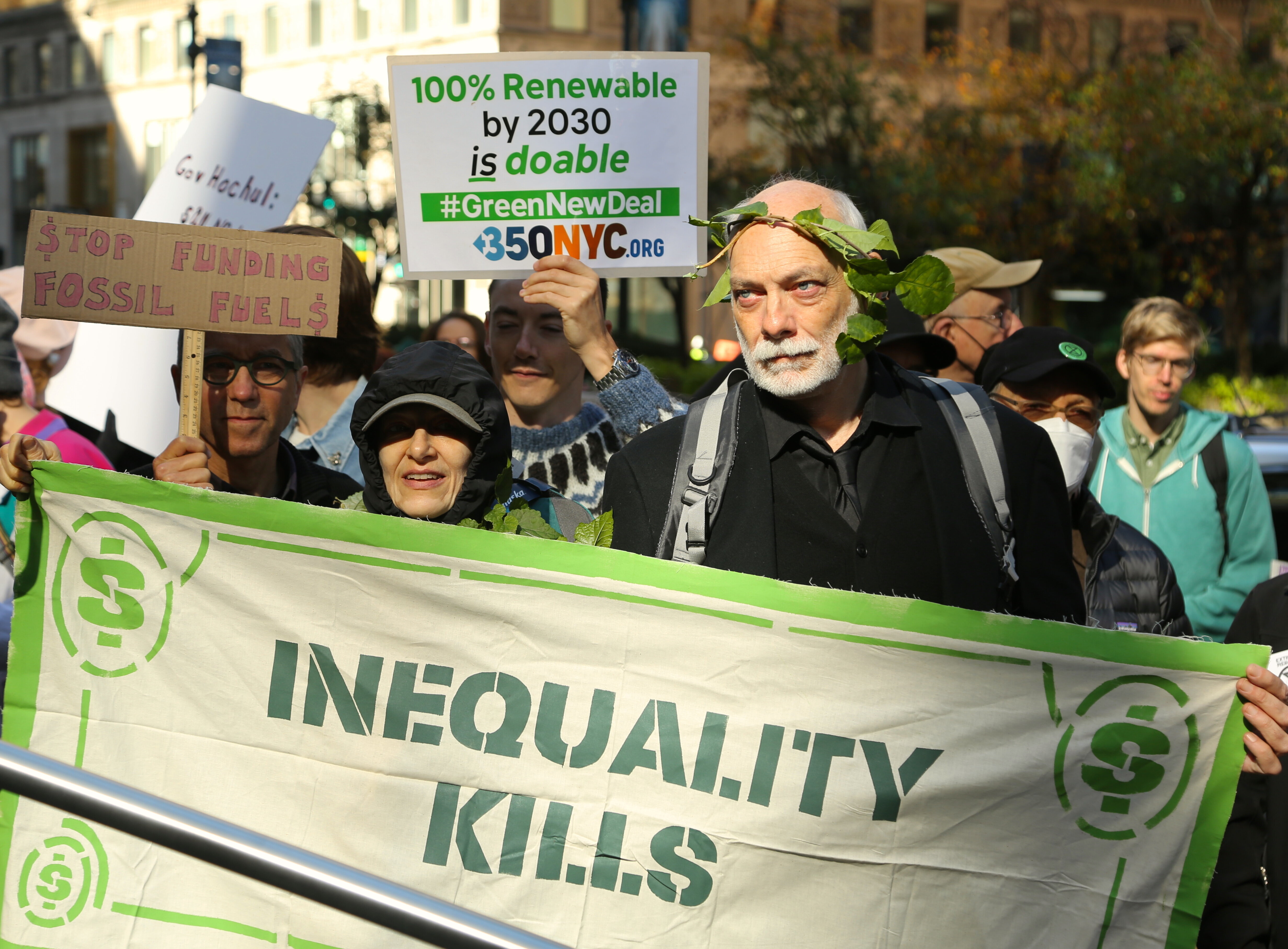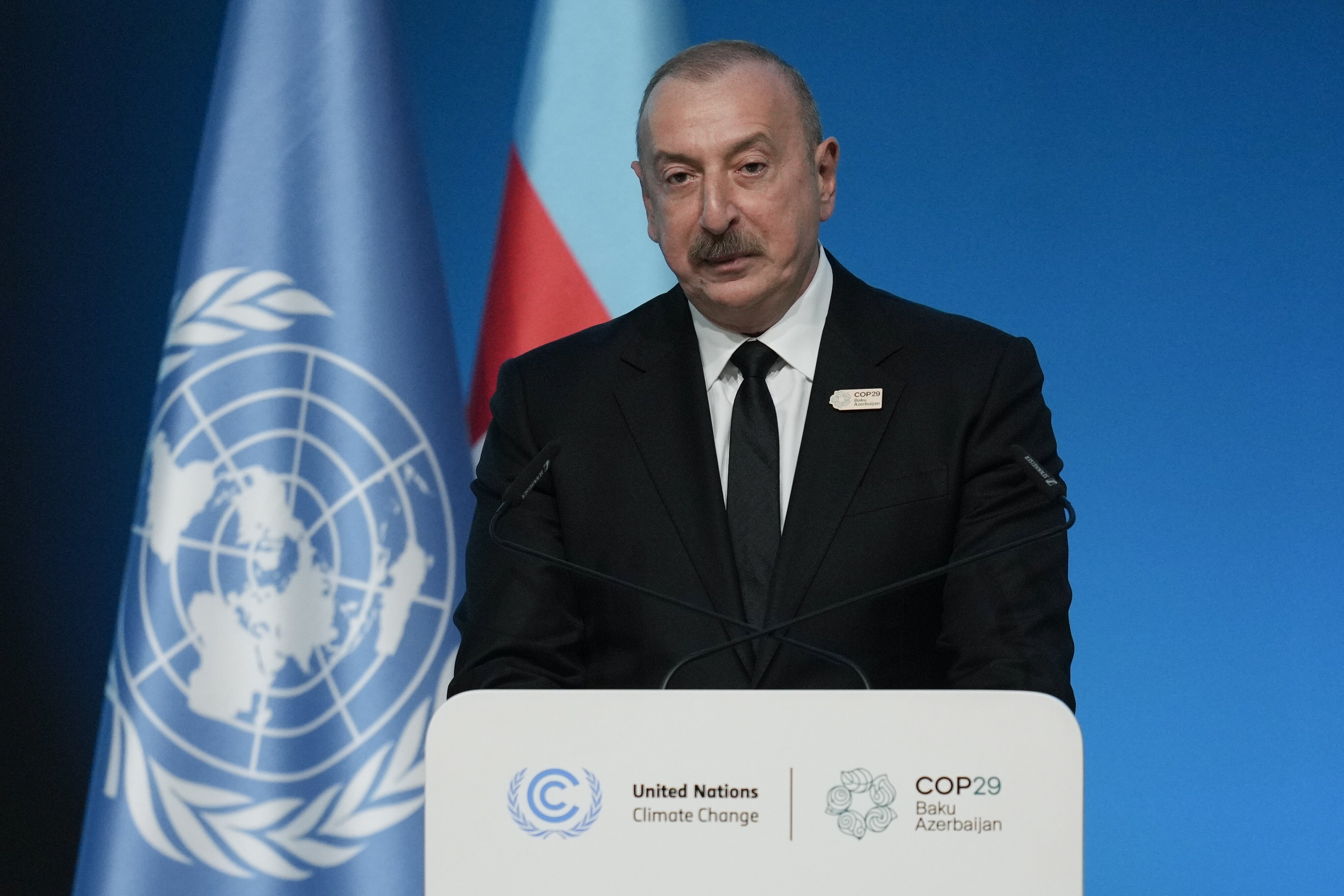
The United Nations warned last month that the Earth is on track to heat up between 2.6C and 3.1C by the end of the century unless we act.
That’s an increase on the UN’s concerns from last year, when the organisation predicted global temperatures could increase by anything between 2.5C and 2.9C, when compared to the climate we experienced in the pre-industrial era.
The world is already 1.4C hotter than it was before the Industrial Revolution – and gas emissions are only rising.
The 2024 annual Emissions Gap Report, released ahead of the annual UN climate summit COP29, said urgent intervention is needed from global governments.
The UN environment chief, Inger Andersen said: “If nations do not implement current commitments then show a massive increase in ambition in the new pledges, followed by rapid delivery, the Paris Agreement target of holding global warming to 1.5C will be dead within a few years and 2C will take its place in the intensive care unit.”
Similarly, the UN secretary-general Antonio Guterres said last year: “Present trends are racing our planet down a dead-end 3C temperature rise. The emissions gap is more like an emissions canyon.”
The 2015 Paris Agreement saw countries around the world agree to try and limit global warming to 1.5C by cutting carbon emissions.
However, the UN has now warned there is just a 14% chance we will be able to stay below the 1.5C threshold, as global greenhouse gas emissions continue to rise year-on-year.
And at 3C, the world will have passed several key catastrophic points – and the change will be irreversible.
So, what would life look like?
1. Droughts
According to carbon accounting firm Greenly, just 3% of the world’s water is drinkable or can be used for crops right now – and global warming would put pressure on that food supply.
This would not only damage the way we live, but will seriously impact local wildlife if they don’t have enough water to survive on.
2. Natural disasters
The world already saw a staggering number of natural disasters in 2023 and 2024 – including floods, earthquakes, hurricane, tornadoes and wildfires – but this will only get worse as global warming ramps up.
That will cause mass, sudden displacement too, as communities in areas vulnerable to extreme weather become inhabitable.
3. Heat
Areas already known for high temperatures will struggle as heatwaves last longer and get more intense – posing yet a serious risk to health.
4. Sea levels
Greenly claims nearly 12% of the entire global population will be impacted by rising sea levels, because there are so many people who live in coastal areas. It warned some cities could even be entirely under water by the end of the 21st Century.
It may worsen natural disasters too, by triggering further hurricanes and typhoons, while also potentially contaminating our water supply by interfering with irrigation systems.
5. Displacement
As the countryside becomes more uninhabitable, cities are likely to become more built up – even though they usually worsen the climate crisis because of industrialisation. That will affect indigenous communities around the world, and worsen overpopulated areas.
The global south is already disproportionately impacted by the climate crisis, particularly any developing countries which do not necessarily have the finances to combat the impact of the climate crisis.


